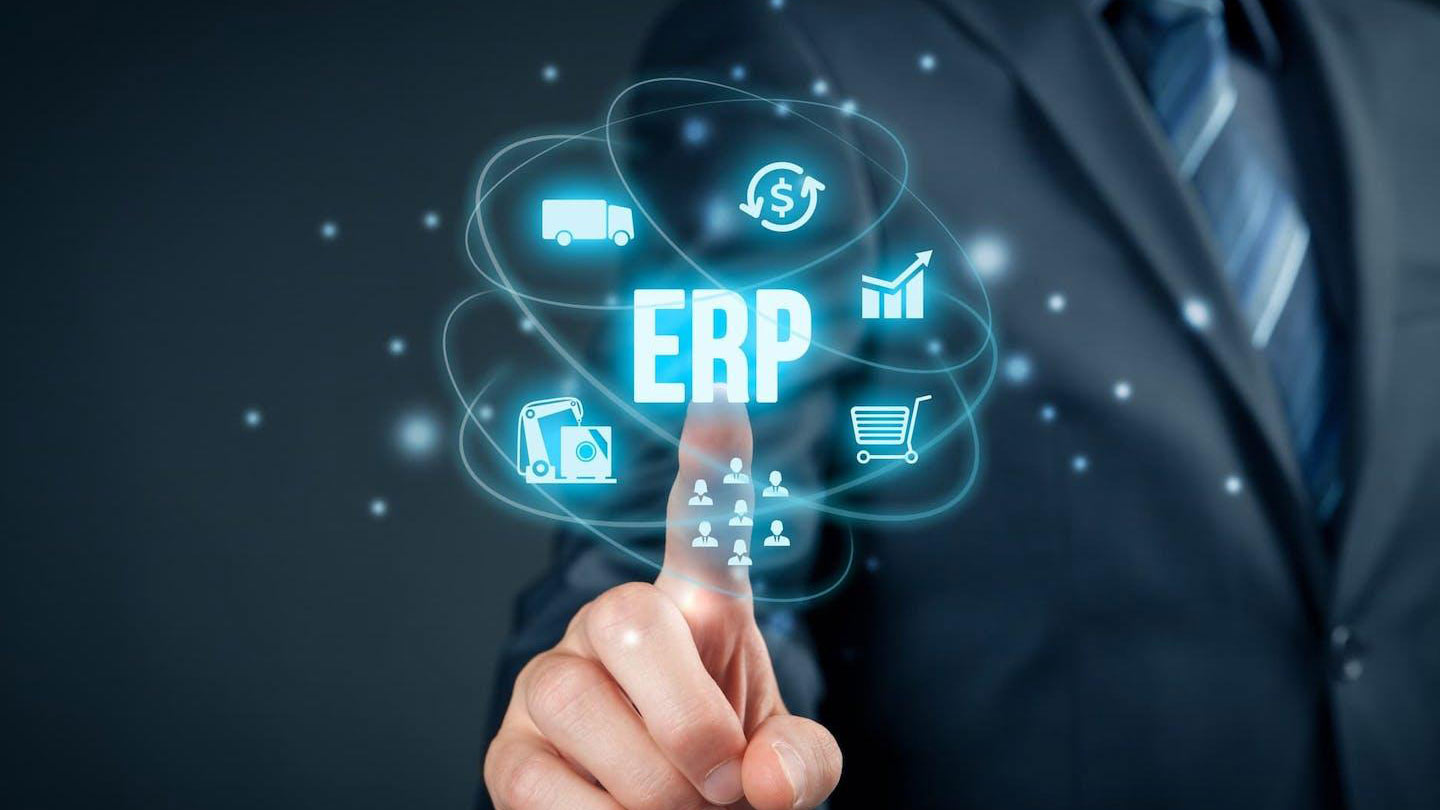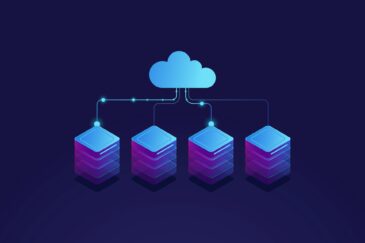Top 6 Reasons for Failure While Migrating ERP to the Cloud

- July 27, 2023
- Jhansi Rani
- 0
1. Planning and Strategy
Migrating ERP to the cloud is a complex process that requires a well-defined roadmap, so a lack of proper planning often leads to misalignment between business objectives and the migration process. An inadequate understanding of the current system architecture, data dependencies, and integrations can also cause disruptions and data loss during the migration.
Solution
- Involve stakeholders from different departments to understand their requirements for the new system
- Conduct a thorough assessment of the existing ERP infrastructure, data, and integrations
- Identify potential risks that can derail your migration process and evaluate the best way to address them
- Create a detailed roadmap that defines the steps, timeline, resource allocation, and critical milestones
- Partner with experienced ERP consultants and cloud service providers to leverage their expertise and guidance
2. Data Security and Compliance
Businesses deal with sensitive information like financial data, customer records, and proprietary information, which must be safeguarded during and after the migration. Failure to meet industry-specific compliance regulations can lead to severe consequences, such as data loss, breaches, and legal complications. Following these steps, data migration from on-premise to the cloud can become more seamless and secure.
Solution
- Encrypt data both during transmission and storage to protect it from unauthorized access, ensuring it remains unreadable to unauthorized individuals even during a breach
- Implement Multi-Factor Authentication (MFA) to add an extra security layer and reduce the risk of unauthorized access even if passwords are compromised
- Choose a reputable Cloud Service Provider and review their security policies, data protection mechanisms, and compliance certifications to ensure the best fit with your organization
- Conduct regular penetration testing and security audits to identify vulnerabilities and address them promptly
- Establish a robust data backup and disaster recovery plan to ensure data availability and integrity in the event of a data breach or loss
3. Integration
ERP systems are integrated with different business applications like Human Capital Management (HCM), Customer Relationship Management (CRM), and Supply Chain Management (SCM) solutions to enhance functionality. Ensuring seamless integration between the ERP system and these applications is critical, as faulty integration can lead to data discrepancies, workflow disruptions, and reduced productivity.
Solution
- Thoroughly analyze your integration requirements and dependencies between the ERP system and other applications to identify critical integration points and potential areas of conflict
- Consider using middleware solutions like Integration Platform as a Service (iPaaS) to facilitate smooth data flow between applications and reduce the likelihood of integration errors
- Perform data validation, end-to-end process verification, and performance testing for your integrations to identify and address any issues early into the migration process
- Collaborate with both business and IT users to ensure that integration requirements are well-defined and aligned with business processes
4. Resource Allocation
Data migration from on-premise to the cloud demands considerable resources, including skilled personnel, time, and finances. Please allocate sufficient resources to avoid significant project delays, quality compromises, and higher costs.
Solution
- Conduct a comprehensive resource analysis to determine the necessary personnel, budget, and time required for the migration project
- Ensure that the personnel involved in the migration receive adequate training to handle cloud infrastructure, security practices, and cloud-native technologies
- Partner with cloud service providers and certified consultants who can provide specialized expertise and support throughout the migration process
- Establish realistic timelines that take into account the complexities of the migration project and allow teams to work effectively without undue pressure
- Plan for contingencies by allocating backup resources in case of unexpected challenges or workload spikes during migration
5. Testing and Validation
Failure to conduct thorough testing and validation during data migration from on-premise to the cloud can lead to unforeseen issues and errors in the new ERP environment, resulting in business disruptions and a loss of trust among users.
Solution
- Develop a detailed testing plan that covers several aspects of the migration, including data migration, integrations, performance, security, and user acceptance.
- Ensure data integrity by validating the accuracy and completeness of migrated data through data mapping, transformation checks, and reconciliation
- Conduct performance testing to identify potential bottlenecks and assess the system’s scalability and responsiveness under different workloads
- Involve end-users in User Acceptance Testing (UAT) to gather feedback, validate system functionality, and address any usability concerns before going live
- Perform testing in a staging environment that closely resembles the production setup to minimize risks and provide a safe space for validation
6. Change Management
Migrating ERP to the cloud often causes significant changes to your organization’s workflows and processes, potentially leading to business disruption. Ineffective training and change management can result in employee resistance, low adoption rates, and decreased productivity.
Solution
- Involve employees from different departments in the migration planning process to gather input, address concerns, and create a sense of ownership
- Maintain transparent and consistent communication about the migration, its benefits, and the expected impact on employees and business processes
- Provide comprehensive training sessions for employees to familiarize them with the new ERP system and its features, helping them use the system effectively
- Identify change champions within the organization who can promote the benefits of the ERP migration and provide support to their peers during the transition
- Offer continuous support and resources to your employees after the migration to address any challenges arising later
Migrating ERP to the cloud offers businesses an opportunity to leverage the power of the cloud to enhance efficiency, scalability, and cost-effectiveness. However, migration success depends on careful planning, strict security measures, seamless integration, adequate resource allocation, thorough testing, and robust change management.
Rite Software offers a wide range of services to facilitate seamless cloud migration, including planning and readiness, architecture design, data migration, application integration, testing and validation, security and compliance, training and support, and performance optimization. ConvertRite – our powerful Oracle data migration tool is designed to make your data migration as smooth and straightforward as possible, saving you time and effort. ConvertRite offers several features to simplify data extraction, transformation, error reporting, reconciliations, and migrations, ensuring data in Oracle Cloud Applications is always up-to-date and available in real-time.

Services
Products
Company
Copyright © 2024 Rite Software Solutions & Services LLP. All rights reserved.



